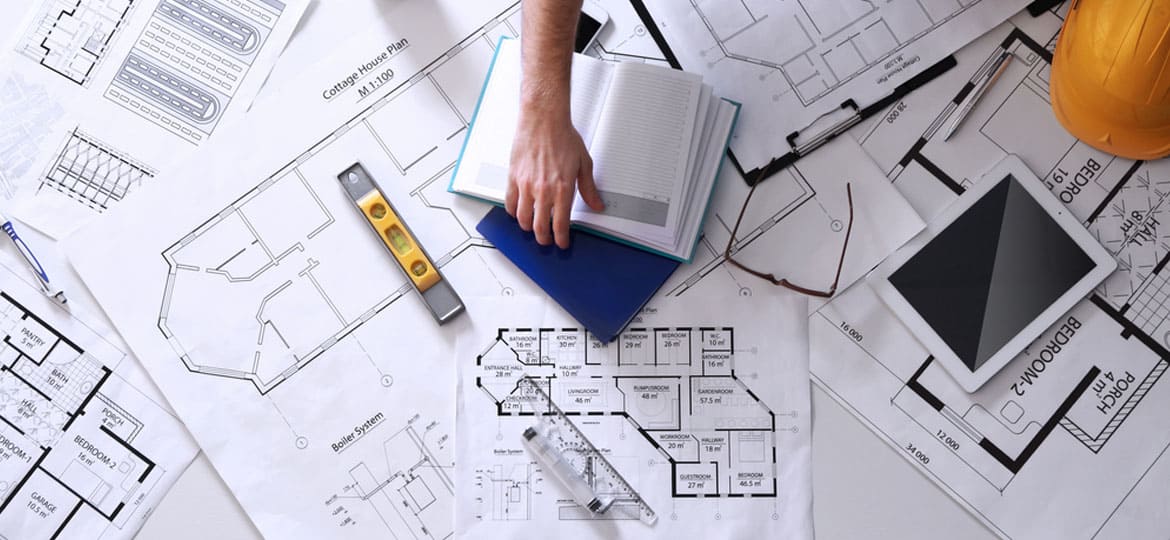The Patchwork of Building Codes in Texas
The Patchwork of Building Codes in Texas: Pros, Cons, and How Architects Navigate
Introduction
Building codes are essential regulations that govern the design, construction, and maintenance of buildings to ensure their safety, accessibility, and longevity. While most states in the United States have adopted a uniform statewide building code, Texas stands as an exception. The Lone Star State does not have a single set of statewide building codes, instead allowing each city and county to determine if and what building codes they want to adopt. This decentralized approach to building codes in Texas has its pros and cons, and poses unique challenges for architects and builders operating in the state.
Pros of the Patchwork Approach
There are several advantages to the patchwork approach to building codes in Texas. One of the main benefits is that it allows for more local control and flexibility. Each municipality can adopt building codes that specifically suit their needs, values, and local conditions, such as climate, soil type, and land use patterns. This flexibility can lead to more innovative and context-specific solutions, fostering a diverse architectural landscape that reflects the unique character of each city and county.
Another potential advantage of this approach is that it may encourage healthy competition among municipalities. Cities and counties that adopt more stringent building codes can potentially attract higher-quality developments and skilled professionals, contributing to the overall growth and economic development of the region.
Cons of the Patchwork Approach
Despite the above-mentioned advantages, the patchwork approach has several significant downsides. One major drawback is that navigating different building codes in nearly every city and county is inefficient and confusing for architects, builders, and developers. This can lead to increased design and construction costs, delays in project timelines, and potential legal disputes.
Another significant concern is the potential for lower quality and unsafe construction, especially in rural areas with no building code adoption or with limited enforcement capabilities. In the absence of a statewide building code, there is no consistent minimum standard to ensure the safety and quality of the built environment. This can result in poorly constructed buildings, posing risks to public health and safety, and increasing the vulnerability of communities in the face of natural disasters and other emergencies.
Navigating the Patchwork: Challenges for Architects
For architects practicing in Texas, this patchwork of building codes poses several challenges. First, they must determine what building codes, if any, a city or county has adopted. This research can be time-consuming and may require the expertise of local code consultants to ensure compliance with local regulations.
Once the applicable building codes are identified, architects need to design a structure that meets the specific codes of that location. Building codes, especially for commercial structures, can differ significantly between cities even within the same county. This requires architects to fully familiarize themselves with each municipality’s building code before beginning a design, potentially limiting their ability to work across multiple jurisdictions and increasing project complexity.
The Case for a Statewide Commercial Building Code
Some architects and industry stakeholders have argued that Texas would benefit from a mandatory statewide commercial building code, while still allowing counties and cities control over residential building codes. A baseline commercial building code could help address safety and quality concerns, especially for public buildings like schools, hospitals, and offices. It may also make the job of architects and contractors more efficient by limiting the number of different building codes they need to navigate, streamlining the design and construction process.
Moreover, a statewide commercial building code could help reduce the potential for inconsistencies and conflicts between local codes, making it easier for businesses to operate across multiple jurisdictions. This could foster economic development and create a more cohesive built environment across the state.
Conclusion
The patchwork approach to building codes in Texas offers both benefits and challenges. While it allows for local control and flexibility, it also poses significant inefficiencies and potential safety concerns. Architects and builders operating in Texas must navigate this complex landscape, identifying and complying with the specific building codes of each municipality. The adoption of a statewide commercial building code could help address some of these challenges, promoting a safer and more consistent built environment for all Texans.
